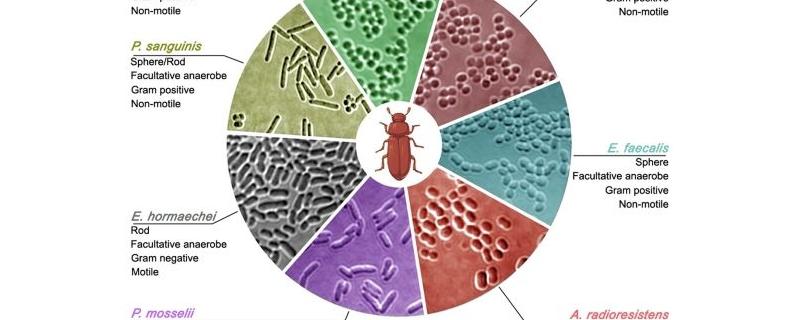When Charles Darwin put forth his theory of natural selection, he argued that all species of life evolved by adapting to their environments to survive. Most of such adaptations are evident in those life forms living in their natural habitat. But what about those that are locked up in laboratories and used as ‘model organisms’ in experiments to understand biological systems? How are their natural habitats and what kind of adaptations have they developed to survive in these habitats? A series of studies by scientists have now thrown some light on these questions in the life of zebrafish, a commonly used fish in laboratories.

